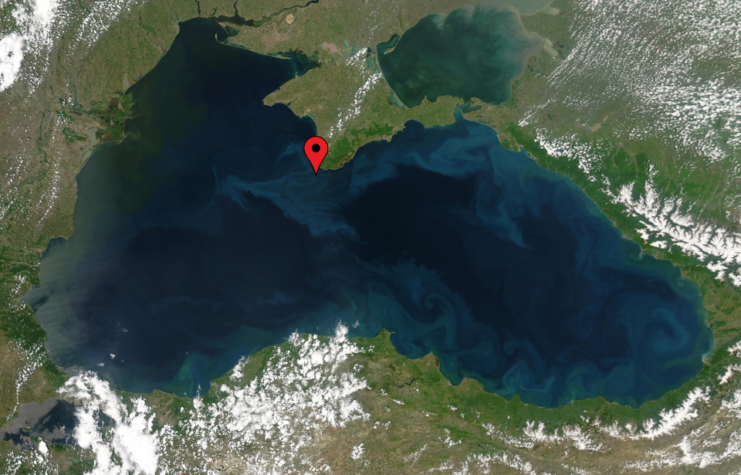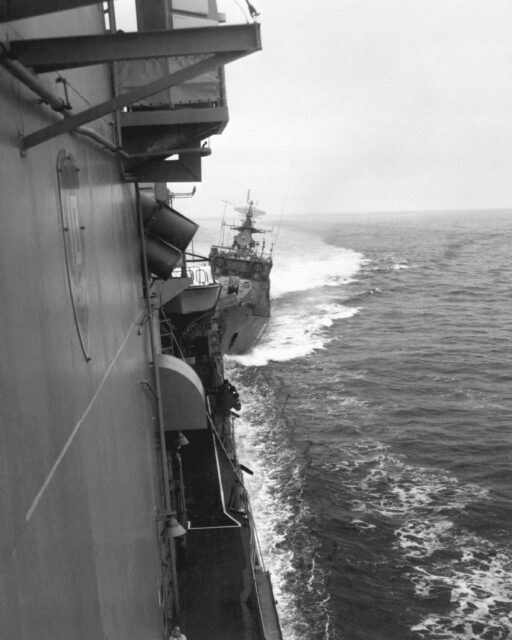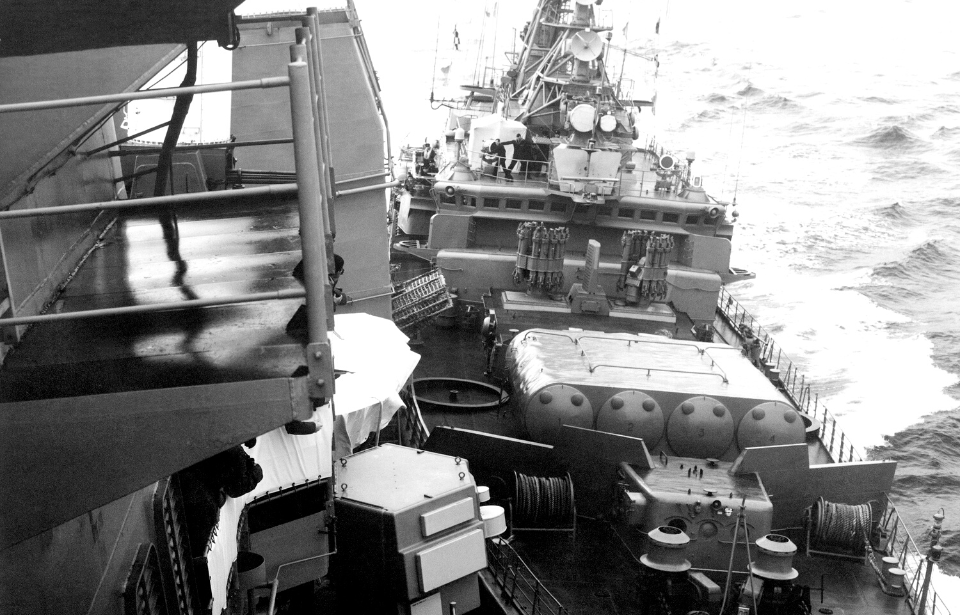In the 1980s, the Soviet Union took several measures to get American warships out of its territorial waters – this including playing an old-fashioned game of bumper cars. Known as the “Black Sea Bumping Incident,” it saw two soviet frigates “bump” two vessels out of the area. Laws got lost in translation, with the solution coming in the form of legislation. Although, this time, it was combed through with both an English and Russian fine-toothed comb.
Early confusion in foreign territorial waters

Prior to 1988, the Soviet Union believed the right of innocent passage meant foreign ships, such as those operated by the US Navy, could cross territorial waters by strictly traveling through designated sea lanes. Alternatively, American officials believed there was no reason to limit passage to sea lanes only.
The Russian translation of the United Nations (UN) Convention on the Law of the Sea outlined the guidelines around the right of innocent passage and stated that the coastal nation was allowed to regulate the right of innocent passage as it deemed necessary. However, the English translation of the same document said no such thing.
This confusion caused a series of incidents that led to the reformation of the law.
The decision that sparked the incident

In 1986, the American vessels USS Yorktown (CG-48) and Caron (DD-970) traveled through the Black Sea, claiming the right of innocent passage. They passed within six miles of the Soviet coastline, and were confronted by the frigate Ladny, whose commander warned the ships to leave the area immediately, as they’d violated Soviet territorial waters.
It took two hours for Yorktown and Caron to leave the area, during which time the Soviets put their air and naval forces on high alert. Things cooled down once the American vessels had left.
Once the ships had made their way through, a Defence Council congregated to discuss the incident. Its members believed the American presence in the Black Sea was an attempt to undermine US-Soviet relations. As such, Soviet Leader Mikhail Gorbachev and other diplomats agreed that, along with other methods, the country’s military vessels could “bump” foreign ones from their waters.
Black Sea Bumping Incident

On February 12, 1988, a second incident occurred. Once again, the USS Yorktown and Caron journeyed the Black Sea on the right of innocent passage. However, this time, the Soviets weren’t willing to accept this. Both American vessels received radio signals informing them to leave Soviet territorial waters or be bumped. Neither heeded the warning, and, soon, they were confronted by Soviet frigates; Caron was met by SKR-6, while Yorktown encountered Bezzavetnyy.
The frigates made contact with both US warships. Soviet records say helicopters from Yorktown were deployed in response, but the Soviets had Tupolev Tu-16 bombers monitoring the situation and threatened to shoot down the choppers, which returned to the cruiser. Both ships made their way toward neutral waters, avoiding any further conflict. Caron suffered practically no damage, while Yorktown had taken damage to her hull.
The Soviets blamed the US ships for ignoring the initial warnings from the frigates, thus inciting what they saw as a necessary response.
More from us: NR-1: The Smallest Nuclear Submarine In US Military History
Following the Black Sea Bumping Incident, the US/USSR Joint Statement on Uniform Acceptance of Rules of International Law Governing Innocent Passage was issued. This helped resolve the confusion for future incidents of a similar nature by outlining the rights of each nation in transiting territorial waters.
